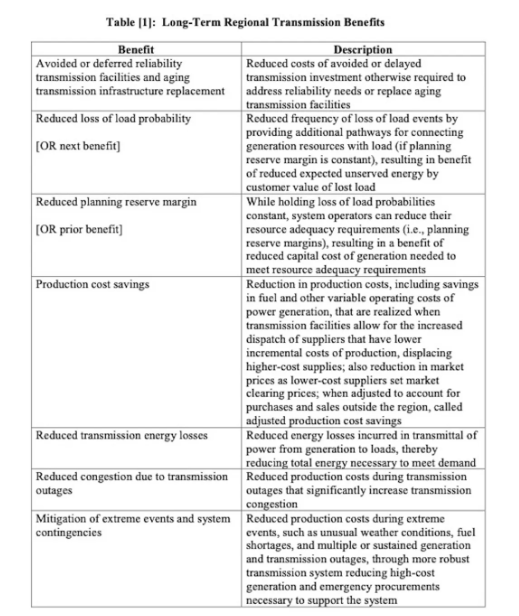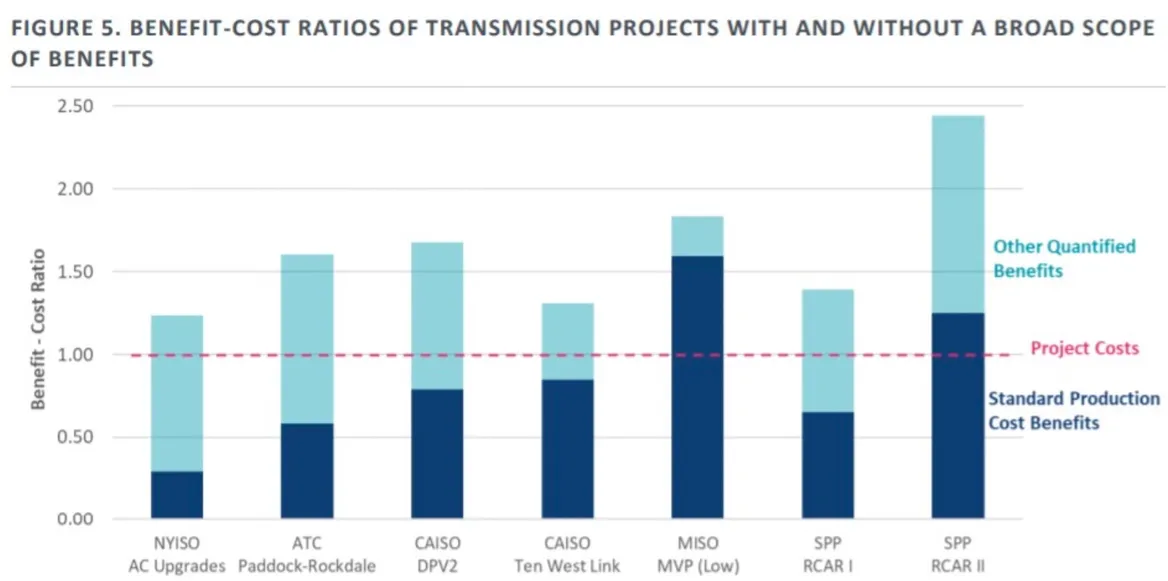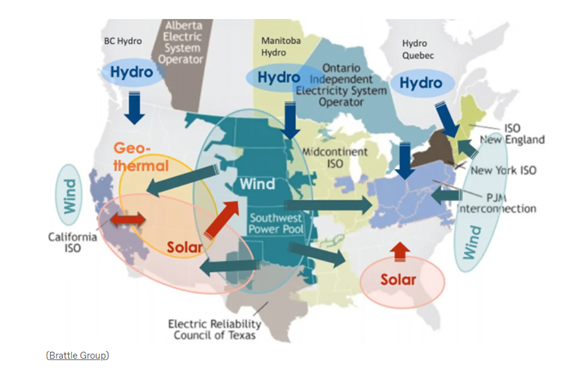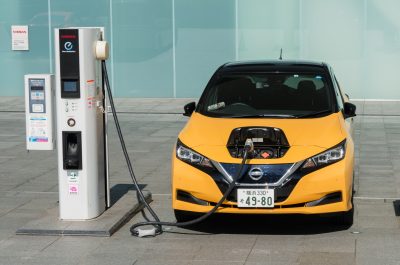What the FERC is going on in the US?
What the FERC is going on in the US? Well, quite a bit actually. The journey to net zero is gathering pace across the world. We have previously looked at how California, New Zealand and the United Kingdom are all dealing the transition and the infrastructure needed to allow enough renewable energy onto the grid. Today we look at the United States’ federal regulatory body, charged with developing a plan that will build a grid robust enough to handle the changing energy mix over the next two decades and beyond.
What is FERC?
The Federal Energy Regulatory Commission (FERC) is an independent national agency that regulates the transmission of natural gas, oil and electricity across the United States. FERC also regulates the transmission and wholesale sale of electricity between states but stops short of regulating retail electricity sales.
The Commission is the overarching body for a range of other advisory organisations such as the Office of Energy Infrastructure Security.
For the past nine months or so, FERC has been working on a set of reforms that will set the path for the United States to integrate the vast amount of renewable energy required to reach net zero. Building for the Future Through Electric Regional Transmission Planning and Cost Allocation and Generator Interconnection is a notice of proposed rule making that outlines the changes to how transmission providers will be able to plan for the future energy needs of Americans. The parallels with Australia’s needs are stark, in spite of the obvious differences in scale.
Some quick facts about the state of the States.
Cars, buildings, monuments, highways… everything in America seems, well, bigger. There are about 330 million people living in the US, making it the third most populated county in the world. Across its vast land mass there are 140 million homes all requiring electricity at various times of the day and night.
Compare that with Australia where we have a population of just 26 million with only 8.3 million households.
To give you some idea of the enormity of the challenges facing the US electricity grid, the Californian electricity system delivers 224 TWh per year, a little more than Australia’s entire National Energy Market (NEM) that delivers 204 TWh… and that is just one state.
Stronger, bigger grid
There’s no transition to net zero without transmission. The integration of renewable energy will result in pandemonium if it continues unchecked without corresponding development of new transmission to transport those electrons to load centres.
Like Australia, large scale renewable energy in the United States is generated in pockets or corridors often away from cities or towns. High voltage transmission is needed to unlock the renewable generation potential and transport the clean energy from where it is generated to where it is needed.
After months of work and the establishment of a taskforce, FERC has put forward a rule change that will allow for regional transmission planning and fair cost allocation for certain projects. The change will seek to ensure the current and anticipated transmission needs of the US can be met in a timely and cost effective manner.
The proposed rule would also require all regulated transmission providers to look at least 20 years ahead when anticipating the future loads the transmission infrastructure would need to serve, including assessing the impacts of electric vehicles and the increase of extreme weather events.
The cost-benefit- analysis will also become more holistic. Transmission providers would need to consider a number of factors in determining the benefits of a new transmission projects that is not constrained to “least cost for consumers.”
By assessing a broader set of benefits as part of the cost-benefit analysis, it will reduce the chance of projects being rejected as too costly that otherwise would have benefits that would far outweigh the original cost in the long term. There are growing calls for similar reforms to Australia’s Regulated Investment Test for Transmission (RIT-T), which is widely considered an impediment to the much-needed timely development of new projects in the NEM.
Consulting firm Brattle Group analysed several past US transmission projects with and without the broad scope of benefits.
According to Brattle modelling, including the broader scope of benefits in a cost benefit analysis results in the value far outweighing the cost. This could, however, raise tensions between the states. The US, like Australia has three tiers of government, federal, state and local. While FERC is a federal body, it is the states (and their electricity customers) that will ultimately have to shoulder the cost and social license burdens of the project. FERC’s taskforce brought together the jurisdictions and claims to have ironed out the foreseeable tensions, but it remains to be seen if the solutions agreed work out in practice.
Requiring transmission providers to set a long -term plan will also force them to not take the path of least resistance. Currently in the US, smaller projects are easier to build because they require less consensus between regional grid operators, utilities, state regulators and other stakeholders.
And, just like in our NEM, transmission availability is at a log-jam. Much like a highway, the lanes are currently full of energy with more traffic streaming onto the highway from the on ramps as more renewable power comes online. Robert Gramlich, executive director of Americans for a Clean Energy Grid, told a webinar. “… our transmission system is basically full. The easy spots have been taken. Now it’s harder, and we have to proactively plan for how to get out of that situation.”
Humans recognise states lines. The sun doesn’t. Dunkelflaute is a German word that literally means dark doldrums or dark lull. It describes events where there is minimal or no sunshine and wind for extended periods, usually occurring during winter. Dunkelflaute is a specific problem of low electricity output that occurs in highly-renewable electricity systems. It is fair to assume that when the sun is shining in Texas it might not be in Florida. The below figure shows the importance of an integrated grid to combat against dunkeflaute or another extreme weather event.
What we can take down under
The proposed FERC rule change is in some ways remarkably similar to the Australian Energy Market Operator’s Integrated System Plan. Both include a 20 year plan that outlines the pathway each country can take to identify investment choices and essential actions to create an affordable, safe, secure and reliable grid while still reaching their emission obligations. However, in Australia the development of this plan sits with AEMO rather than the transmission business themselves.
Australia’s Regulatory Investment Test for Transmission (RIT-T) process, like FERCs long-term regional transmission benefits test, assesses projects against the net economic benefits and provides a framework in which to test the reliability of a proposed transmission project.
FERC’s test however has been expanded to allow for other issues including decarbonisation efforts, social benefits and extreme weather impacts (resilience). By expanding the RIT-T to include some of these issues, including social licence and community requirements, we could see more transmission projects (and new renewable generation) coming online in Australia, allowing us to reach net-zero sooner.



